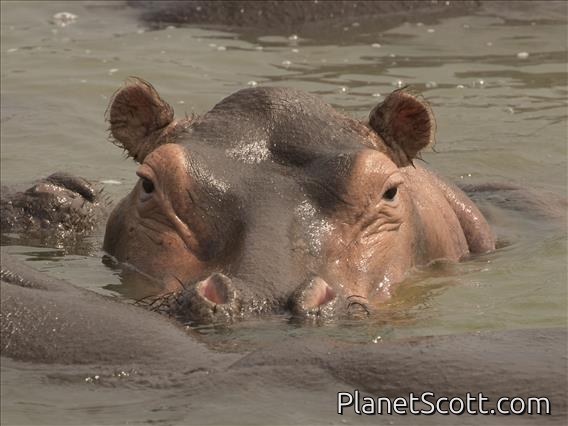Hippopotamus (Hippopotamus amphibius)

Hippopotamus (Hippopotamus amphibius)

Hippopotamus (Hippopotamus amphibius)

Hippopotamus (Hippopotamus amphibius)

Hippopotamus (Hippopotamus amphibius)

Hippopotamus (Hippopotamus amphibius)





×






Hippopotamus (Hippopotamus amphibius)

Hippopotamus (Hippopotamus amphibius)

Hippopotamus (Hippopotamus amphibius)

Hippopotamus (Hippopotamus amphibius)

Hippopotamus (Hippopotamus amphibius)
About Hippopotamus (Hippopotamus amphibius)
- Kingdom: Animals
- Phylum: Chordates
- Class: Mammals
- Order: Even-toed Ungalates and Cetacean
- Family: Hippopotamidae
The hippopotamus, often shortened to hippo, further qualified as the common hippopotamus, Nile hippopotamus and river hippopotamus, is a large semiaquatic mammal native to sub-Saharan Africa. It is one of only two extant species in the family Hippopotamidae, the other being the pygmy hippopotamus. Its name comes from the Ancient Greek for "river horse" (ἱπποπόταμος).
Source: Wikipedia
Trips
Visits
-
2001-06-03
Victoria Falls, Zambia -
2001-06-21
Kafue National Park - Busunga Plains, Zambia -
2001-06-30
South Luangwa National Park, Zambia -
2002-12-02
Chobe National Park - Kasane, BotswanaVery common in the Chobe River -
2003-03-06
Ngorongoro Conservation Area, Tanzania -
2011-01-07
Nechisar National Park, Ethiopia -
2013-10-24
Nairobi National Park, Kenya -
2017-01-02
Lake Mburo National Park, Uganda -
2017-01-08
Queen Elizabeth II National Park, Uganda








